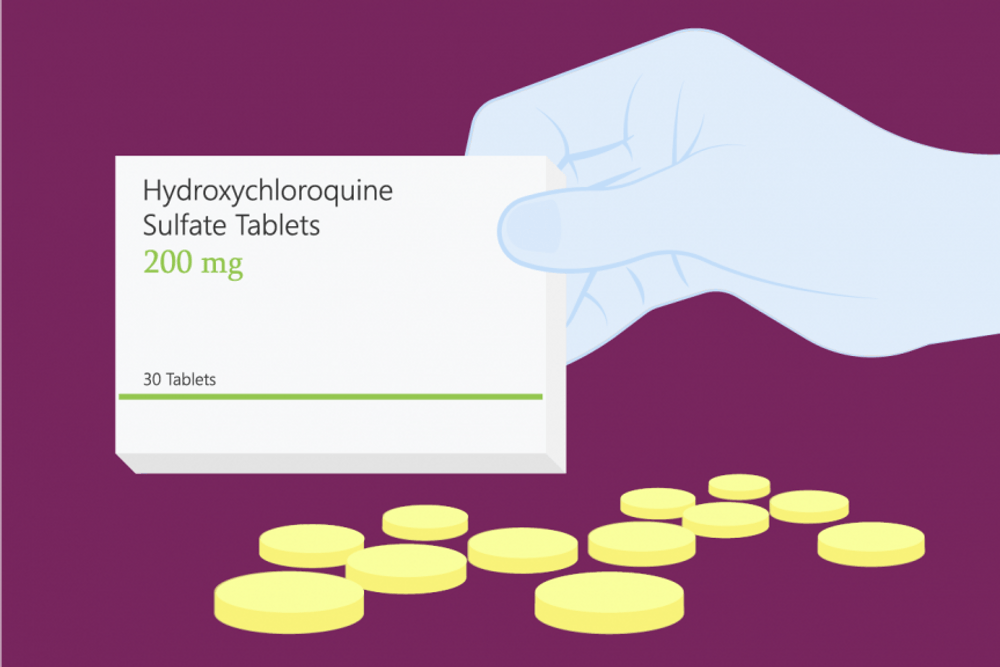Hydroxychloroquine’s Role in the COVID-19 Fight
Hydroxychloroquine was first mediacized when a French doctor, in the fight against COVID-19, said to have found the ‘miracle drug’ against the virus. Previously used to treat malaria and rheumatic conditions, hydroxychloroquine was given an EUA by the FDA in late March.
The attention that this drug received led to the manufacturer of hydroxychloroquine, Novartis, to donate 30 million doses to the nation’s Strategic National Stockpile.
At first, this drug was ‘proving’ to yield positive effects against the coronavirus, as concluded from a small clinical trial of hydroxychloroquine and azithromycin. The statistical review of this trial, however, was put into question as it showed a lack of randomization and a small subject group.
Following these results, with more and more doctors and medical professionals using the drug in clinical trials, experts were able to draw better conclusions. Not only did hydroxychloroquine prove not to be effective against the coronavirus, but it was also harmful when taken in higher doses. Many of the clinical trials and studies have since been retracted.
FDA Warning Against Hydroxychloroquine Use in Coronavirus Patients
A study published in the JAMA Network Open highlights the heart issues associated with the use of hydroxychloroquine in coronavirus patients:
“A high dosage of chloroquine given to COVID-19 patients at a Brazilian hospital was associated with more patient deaths than a low dose of the drug, and that a higher percentage of high-dose patients experienced prolongation of the corrected QT (QTc) interval.”
The FDA then went on to post a COVID-19 update on April 24, advising against the use of hydroxychloroquine in relation to the coronavirus:
“FDA cautions against use of hydroxychloroquine or chloroquine for COVID-19 outside of the hospital setting or a clinical trial due to risk of heart rhythm problems.”
Despite hydroxychloroquine proving not to be a ‘miracle drug,’ the fight against the coronavirus continues and it is still unclear when a vaccine will be made and readily available on a global scale.

